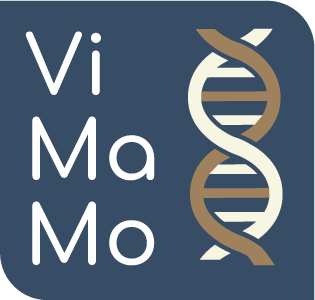Conference program for 2024 edition
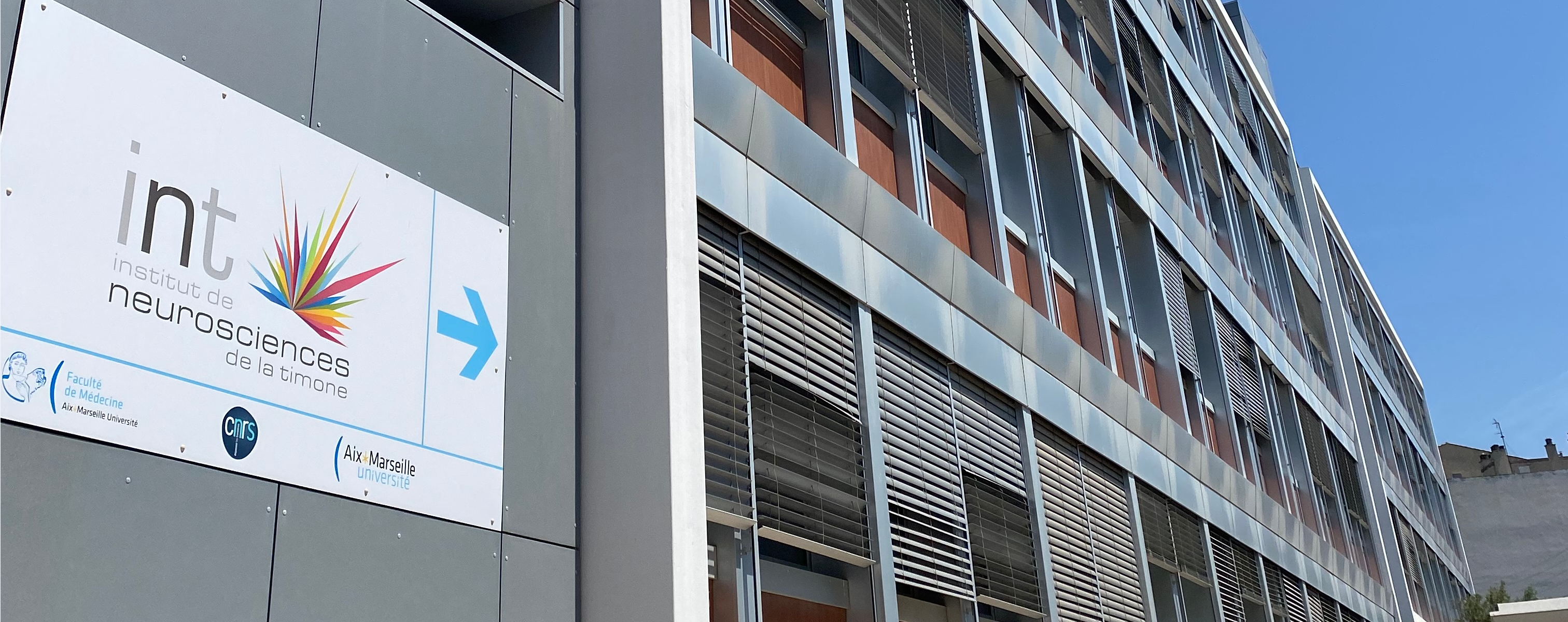
2024 Preliminary Program
It will certainly evolve…
Young researcher short talk
Learn More
October 3rd – AM
Session 1: Novel vectors & applications
9h:00-9h:30 – Registration & Welcome Coffee
9h:30- 9h:45 – Meeting Opening : E GASCON
9h:45-10h:30 – Disease Modelling and Therapeutic approaches using viral vectors for Parkinson disease: Benjamin Dehay
10h:30-11h – Circuit-specific gene therapy reverses core symptoms in a primate Parkinson’s disease model : Yefei Chen
11h-11h:20 – Coffee Break
11h:20-12h:15 – Novel approaches for functional connectomics in mammals : Ernesto Ciabatti
12h:15-14h:15 – Lunch break & poster session
October 3rd – PM
Session 2 : Tracing neuronal circuits with viral vectors
14h:15-15h– Expansion of cortical motor areas for enhanced motor skills: Jean-Alban Rathelot
15h-15h:45 – Mapping fronto-collicular connectivity in marmoset monkeys : Guilhem Ibos
15h:45-16h:15 – Coffee Break
16h:15-17h:15 – Keynote seminar – Untangling neural networks with viral vector-based neuro tracing : Ken-ichi INOUE
19h:30-22h:30 – Drinks + Cheese & Discussion. (Please inform the Organizers in advance if you wish to participate)
October 4th – AM
Session 3 : Manipulating neuronal circuits with viral vectors
9h:00-9h:15 – Welcome Coffee
9h:15-10h:00 – Unravelling the circuit of impatience in the primate brain: Benjamin Pasquereau
10h:00-10h:45 – Exploring the function of hypothalamic oxytocin in the macaque monkey: Jean-Rene Duhamel
10h:45-11h:00 – Coffee Break
11h:00-11h:45 – Investigating the functions of marmoset area 25 and 32 via circuit-specific chemogenetic manipulations: Christian J Wood
11h:45-12h:30 – Keynote seminar – Non-human Primate Chemogenetics: State-of-the-Art and Beyond : Takafumi Minamimoto
12h:30-14h:00 – Lunch Break & Poster Session
October 4th – PM
Session 4 : Genetic manipulations using viral vectors
14h:00-14h:45 – Using Cas9 to manipulate specific microRNAs in the marmoset – Eduardo GASCON
14h:45-15h:30 – Use of AAVs for genetic-based neuroscience research in macaques: recent advances and challenges ahead : Adriana Galvan
15h:30-16h:00 – Coffee Break
Short Talk:
16h:00-16h:30 – Noradrenergic cortical input manipulation and flexible behaviour in monkey : Clemence Gandaux
16h:30-17h:15 – GCaMP transfections and 2 photon imaging of calcium activity in the marmoset visual cortex: an INT progress report: Ivo VANZETTA
17h:15-17h:20 – Concluding Remarks
Poster Session
After a fruitful set of lectures let’s have casual moments where everyone can discuss with the speakers, chat about where the field is going, and present their ongoing work on posters. Posters will be presented during the lunch breaks.
Title and abstract
Gemma Ballestrazzi
Title: Optotagging of inhibitory interneurons in the macaque premotor cortex.
Abstract: Recently, it has been demonstrated the possibility, based on the spike shape. that a significant fraction of neurons with mirror properties in the monkey is represented by inhibitory interneurons, suggesting a complex local circuitry subserving the encoding of others’ observed behaviours. In this project, we plan to record neuronal activity in the premotor cortex and to apply an opto-tagging approach, selectively activating inhibitory interneurons, for characterizing specific properties of excitatory or inhibitory neurons. For this purpose, so far, we have tested and verified the effectiveness of infection and expression of the viral vector pAAV-mDlx-ChR2-mcherry-Fishell-3 (AAV9), expressed only in inhibitory neurons. We have carried out a double immunofluorence protocol, by processing the sections with antibodies for M-Cherry (reporter gene) and parvalbumin, calbindin, or GAD, to identify the type of infected neurons. In addition, we plan to use custom made electrodes and electrode matrices with integrated fiber optics to record cortical activity (acute or semi-chronic approach) and to optogenetically stimulate with a laser source. The success of this project will promote the use of optogenetic techniques in the monkey and unravel the mechanisms underlying social and emotional affordances in primates.
Yefei CHEN
Title: Circuit-specific gene therapy reverses core symptoms in a primate Parkinson’s disease model
Abstract: Parkinson’s disease (PD) is a debilitating neurodegenerative disorder. Its symptoms are typically treated with levodopa or dopamine receptor agonists, but their lack of specificity due to the broad distribution of dopamine receptors leads to severe side effects after long-term use. Here, we report the development of a gene therapy strategy to selectively manipulate PD-affected circuitry. Targeting striatal D1 medium spiny neurons (MSNs), whose activity is chronically suppressed in PD, we engineered a therapeutic strategy comprised of a highly efficient novel retrograde AAV, promoter elements with strong D1-MSN activity, and a chemogenetic effector allowing precise D1-MSN activation after systemic ligand administration. Application of this therapeutic approach rescues locomotion, tremor, and motor skill defects in both mouse and primate models of PD, supporting the feasibility of targeted circuit modulation tools for the treatment of PD in humans.
Ignacio Alcala
Title: Developing a new therapeutical approach for vision restoration : Sonogenetic stimulaiton of primary visual cortex
Abstract: To develop sonogenetics as a vision restoration therapy the next step is to prove visual perception via sonogenetic stimulation in non-human primates (NHPs).
Methods: In consequence, we proceeded to obtain retinotopic maps of NHP’s V1 using functional ultrasound imagery. These retinotopic maps were used for viral injection planification of MscL in NHPs V1. After one month of transfection, we recorded neuronal activities using ECoGs to verify transfection functionality. Finally, NHPs are being trained to assess if visual perception could be evoked under sonogenetic stimulation.
Results: Retinotopic maps were made on multiple planes covering great percentage of the recording chamber. We made a projection of the results of every session in order to get a mean retinotopic characterization by plane. Combining ECoG recordings and ultrasound stimulation, we were able to visualize the focal spot of ultrasound stimulation. We noticed that under several specific conditions of ultrasound stimulation, monkeys were performing some eye movements toward the expected location. Together, these promising preliminary results suggest that sonogenetic stimulation of the visual cortex could generate a visual perception on NHPs. Further results and analyses are needed to complete these therapeutical approach.
Lucas Dumargne
Title: An Open Resource for Non-human Primate Chemogenetics:
Abstract: Chemogenetics is a method to control the activity of cells by targeting specific populations with an exogenous receptor activated by a designer drug agonist. The use of chemogenetics in neuroscience has rapidly expanded in small animal models, and more research groups are now attempting experiments in nonhuman primates (NHP), with hopes for therapeutic use in humans. To speed up translational applications and facilitate future basic science experiments with the technology, we have compiled a database of successful and unsuccessful, published and unpublished, injections of vectors expressing chemogenetic receptors in the NHP brain. We received data from 39 contributing laboratories who provided detailed methods and outcomes (behavior, physiology, imaging, and anatomy) on more than 800 experiments, with more than 500 of them never published before. We examine the parameters underlying successful experiments, such as viral vector, capsid, gene cassettes, brain regions, chemogenetic activator, and others. With this analysis, we aim to provide useful guidelines for the research community using chemogenetics in NHP and stimulate collaboration between research groups pursuing a variety of basic and translational applications.
Florian Fallegger
Title: Optogenetics in the thalamocortical pathway for future brain visual prostheses
Abstract: Approximately 20M people worldwise suffer from blindness that cannot benefit from recent genetic and neuroprosthesis developments in the retina. Stimulation of the brain visual pathways has been a promising strategy by inducing artificial percepts of light in blind patients through microstimulation using penetrating microelectrodes. Yet, the clinical translation of such a strategy is still challenging due to biological reactions to the implanted device. In this project we aim to build an optogenetic visual prosthesis that interfaces with the lateral geniculate nucleus (LGN). In macaques, LGN injections of novel viral constructs by a robotic surgery tool is performed to screen for efficient neuron transfection. Optogenetic stimulation is evaluated in a terminal experiment under anesthesia. An intracortical electrode mounted with a small glass fiber is inserted into the LGN. The electrophysiological response to optogenetic stimulation is recorded in the LGN and using a large flexible electrode array placed subdurally on the visual cortex validating the first step of this optogenetic LGN neuroprostesis. These results will guide developments of subthalamic visual prostheses and to better understand the cortical visual system that can benefit blind patients.
Thomas Bescond
Title: NeuroVir INT facility providing novel developments for NHPs research
Abstract: non-human primates (NHPs) are essential models in neuroscience. Due to ethical and technical constraints, it has been challenging to generate transgenic lines that could be used to study molecular mechanisms underlying human neurological diseases. To overcome such limitations, viral vectors have become a powerful alternative. NeuroVir facility is devoted to the design and production of custom-made vectors specifically for NHPs research. Combining large-scale preparations with the latest modifications (i.e. siRV or AAV serotypes capable of crossing the brain-blood barrier), NeuroVir is providing robust vectors for neuroscience applications.
Our speakers


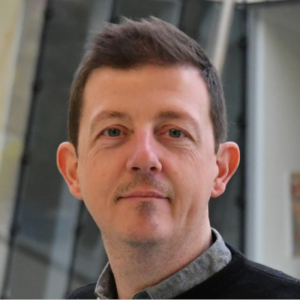

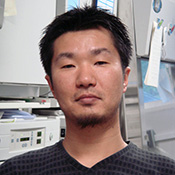
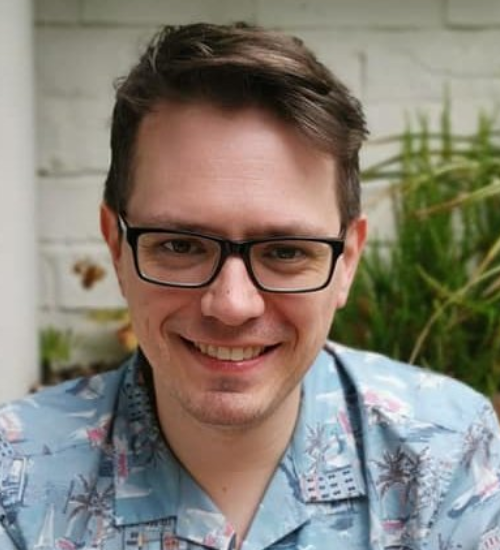
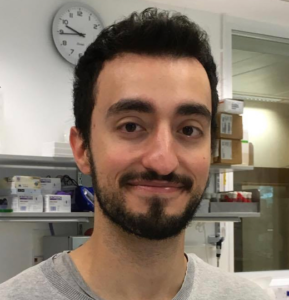


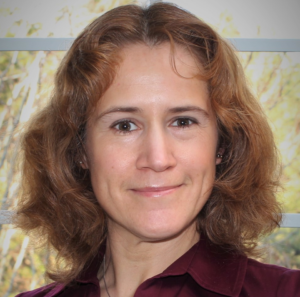
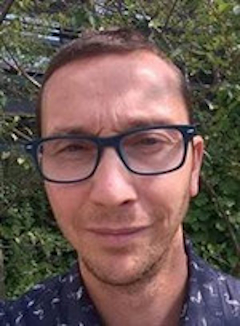
Young researchers short presentations
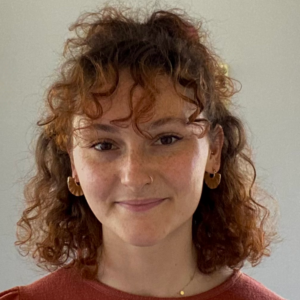
Clemence Gandaux
Post Doc

Guilhem Ibos
INT, Marseille, France

Yefei Chen
Post Doc, Massachusetts Institute of Technology

To be announced
To be announced
